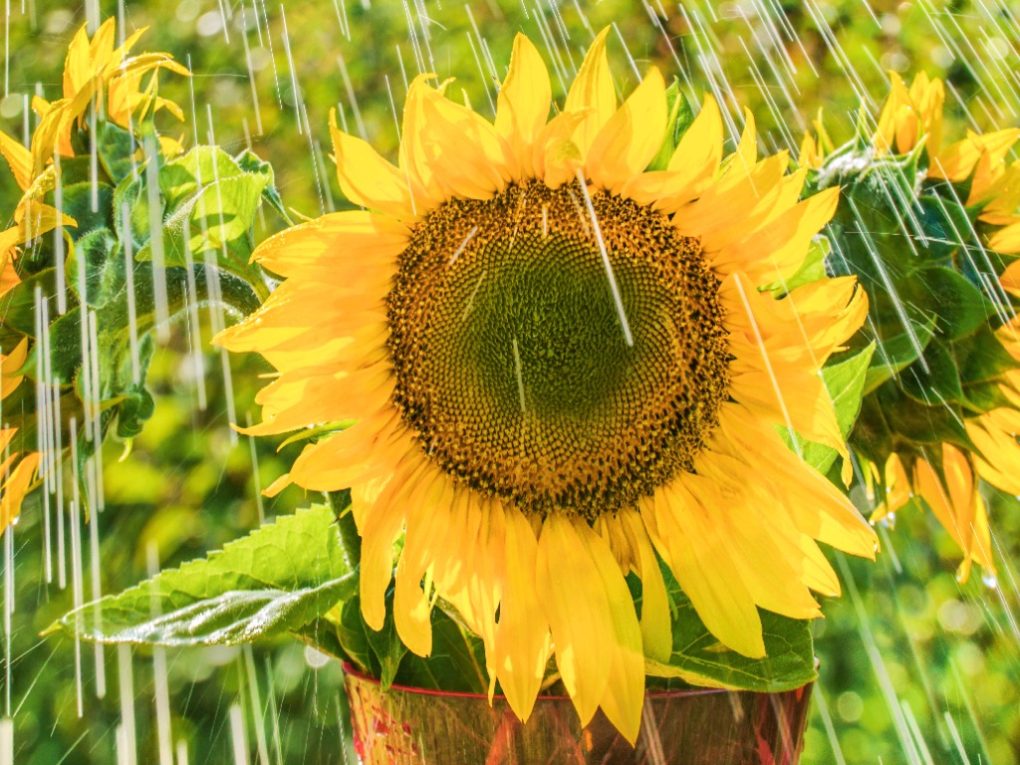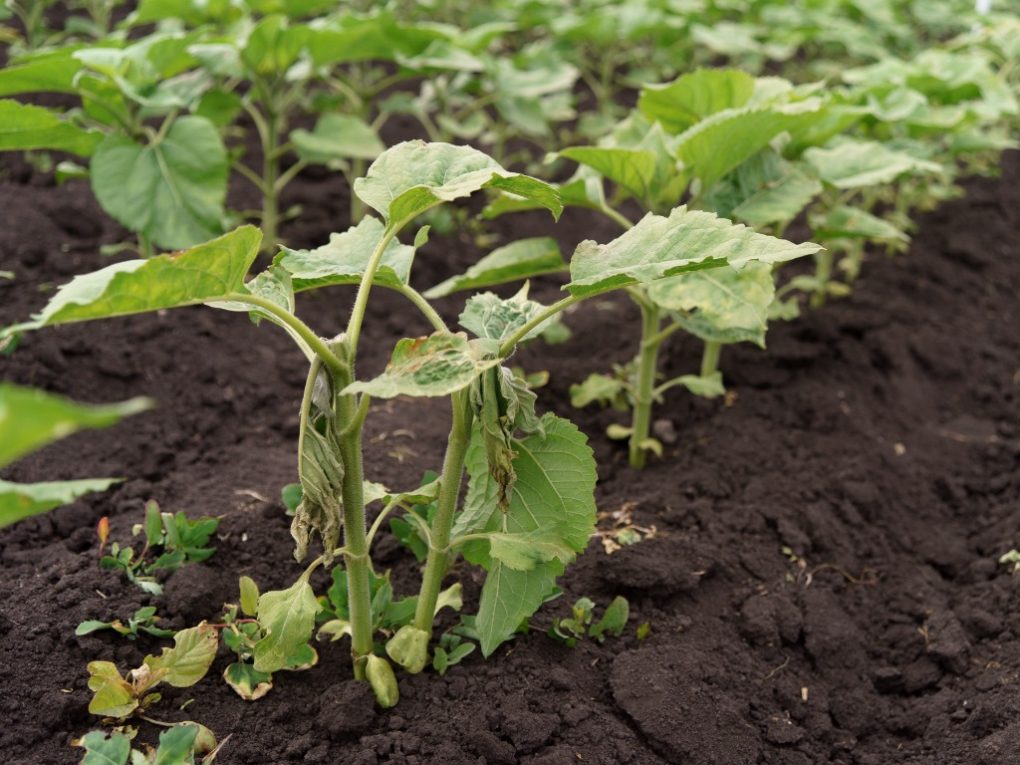Can Sunflowers Thrive During the Rainy Season?
Sunflowers can grow in the rainy season, but their growth and blooming may be affected by excess moisture and humidity. Sunflowers are known for their adaptability and can thrive in various weather conditions.

However, overly wet and saturated soils can lead to root rot, fungal diseases, and hinder proper nutrient uptake. Therefore, to ensure healthy growth, it is essential to plant sunflowers in well-draining soil and provide them with adequate sunlight to counteract the excessive moisture from the rainy season.
Table of Contents
Rainy Season Challenges for Sunflowers
Sunflowers are known for their vibrant and cheerful disposition but face unique challenges during the rainy season. While these resilient plants can thrive in various conditions, excessive rainfall can hinder their growth and development. This section will explore some of the challenges sunflowers encounter during the rainy season and provide tips to help sunflower enthusiasts navigate these obstacles.
1. Waterlogging and Root Rot
Excessive rainfall can lead to waterlogging, where the soil becomes saturated with water and lacks proper drainage. This condition can cause sunflower roots to become waterlogged, leading to root rot. Root rot prevents the roots from absorbing nutrients and oxygen effectively, impeding the overall health and growth of the sunflower plants.
Tips to mitigate waterlogging and root rot:
- Ensure proper soil drainage by adding organic matter such as compost or well-rotted manure.
- Plant sunflowers in raised beds or mounds to facilitate better water drainage.
- Avoid overwatering and monitor the soil moisture levels regularly.
2. Fungal Diseases
Rainy seasons create favorable conditions for fungal diseases to thrive, posing a significant challenge for sunflowers. For example, fungi like powdery and downy mildew can attack sunflower leaves, stems, and flowers, inhibiting growth and vitality.
Tips to prevent fungal diseases:
- Choose sunflower varieties that are resistant to common fungal diseases.
- Provide adequate spacing between sunflower plants to improve air circulation, reducing the chances of fungal infection.
- Apply organic fungicides or natural remedies like neem oil to control fungal growth.

3. Flooding and Erosion
Heavy rainfall can cause flooding and soil erosion, negatively impacting sunflowers. Flooded areas can suffocate sunflower plants by depriving them of oxygen, leading to wilting and stunted growth. Additionally, soil erosion can wash away valuable nutrients and disrupt the stability of the sunflower’s root system.
Tips to mitigate flooding and erosion:
- Plant sunflowers in well-drained areas or on slopes to minimize the risk of flooding.
- Consider creating drainage channels or trenches to divert excess water from the sunflower plants.
- Use organic mulch or cover crops to prevent soil erosion and retain moisture.
Adaptability of Sunflowers to Rainy Season
Sunflowers are renowned for their ability to thrive in various climatic conditions, including the rainy season. Their remarkable adaptability makes them an excellent choice for gardeners and farmers seeking resilient and vibrant plants. This section will explore the key factors contributing to sunflowers’ success during the rainy season.
Robust Root System
One of the primary reasons for sunflowers’ adaptability to the rainy season is their robust root system. Sunflower roots penetrate deep into the soil, enabling them to access water even during heavy rainfall. This extensive root network helps anchor the plant firmly, ensuring stability and efficient water uptake. Consequently, sunflowers can withstand excessive water and prevent issues like soil erosion.
Efficient Water Management
Sunflowers have evolved efficient water management mechanisms that regulate water absorption and prevent overhydration. During the rainy season, when water availability is abundant, sunflowers optimize their water uptake to meet their needs without becoming waterlogged. Their ability to strike a balance between water absorption and drainage ensures their survival and prevents the development of root rot or other water-related problems.

Adapted Growth Patterns
Another remarkable trait of sunflowers is their ability to adjust their growth patterns according to environmental conditions, including the rainy season. Sunflowers possess a flexible stem that allows them to sway with the wind and rain, minimizing the risk of breakage or damage. This adaptive growth pattern helps sunflowers endure heavy rains without compromising their structural integrity.
Resilient Flowering and Seed Production
Despite the challenges posed by the rainy season, sunflowers continue to produce beautiful blooms and abundant seeds. These resilient plants have adapted to the changing climatic conditions by adjusting their reproductive strategies. Sunflowers prioritize flower and seed production during favorable weather conditions, ensuring their progeny’s survival and perpetuation.
